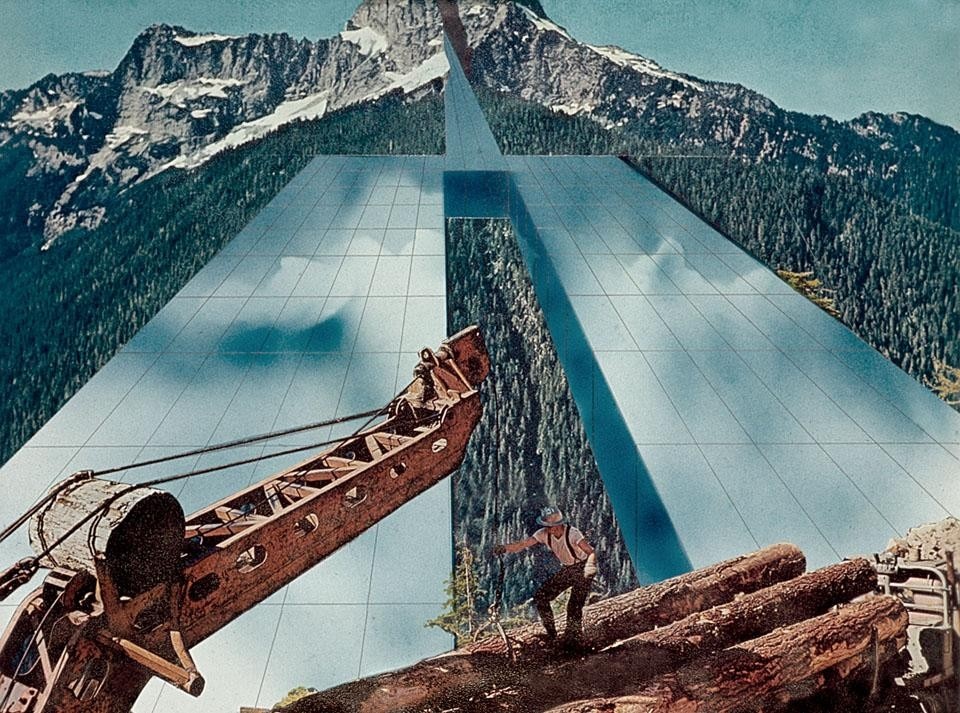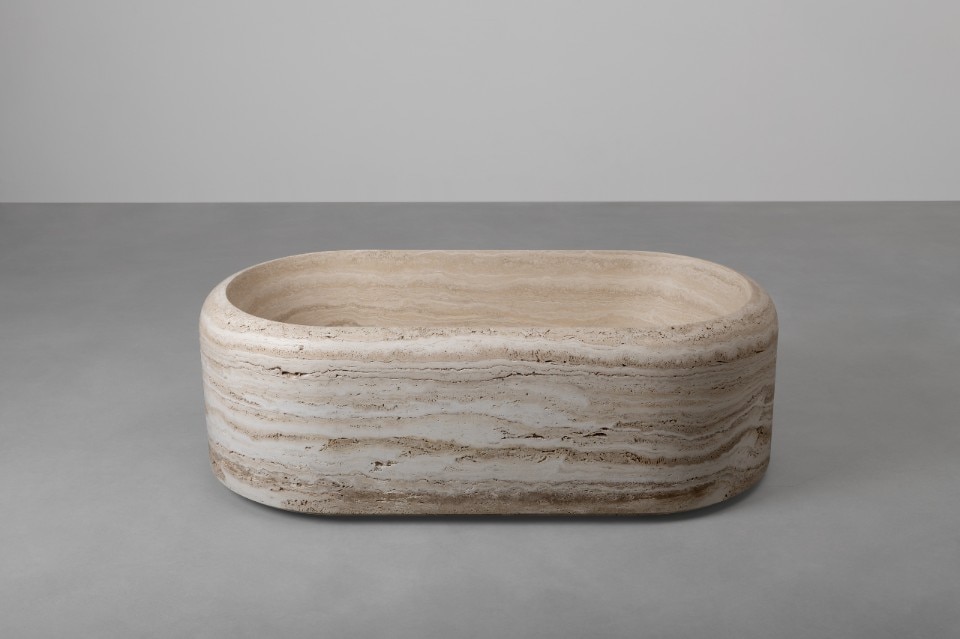Architecture, as a concrete art of constructing, presents itself as a form of thinking which offers theoretical and figurative hypotheses. These can represent alternative and definitive answers to the problems of man's relationship with his natural and built environment. Experimental Architecture and Radical Architecture are synonyms of a propulsive attitude, of a thrust beyond architecture's canonical purposes and instruments in order to produce theories, images and elaborated thoughts. Such visions and scenarios may appear to be only future-oriented, but in reality they are bound up with the permanent crisis of contemporaneity.
"Madam, how much does your house weigh?" was a provocative question asked by Buckminster Fuller. It signified the necessity to think of architectural design as an act of discreet, technologically updated and measured occupation of the planet, while reintroducing the categories of time, space, movement and economy into the constructional process and act of living. In the 1960s this state of technological, ecological and sociological inadequacy led to a number of different research projects and experiments in Europe and America.
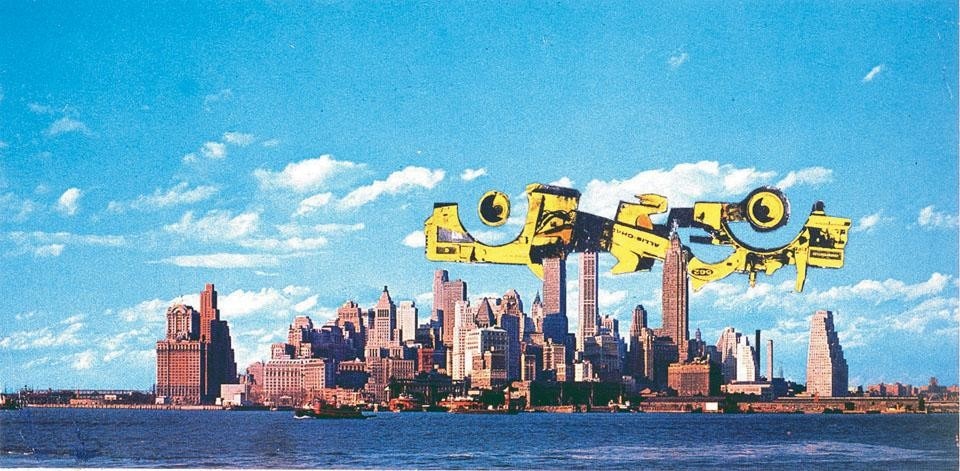
Works of architecture were paradoxical visions of city/objects without inhabitants, of anthropomorphous skyscrapers or metaphorical installations of a lost relationship between body, space and objects as ritual prostheses. The Experimental Architecture of Raimund Abraham and Friedrich St. Florian exposes the linguistic and thematic inadequacy of current architecture in terms of technological acceleration and the parallel necessity for symbolic expression. The result of this consideration is a sophisticated technological and spatial vocabulary with archaic sensitivities.
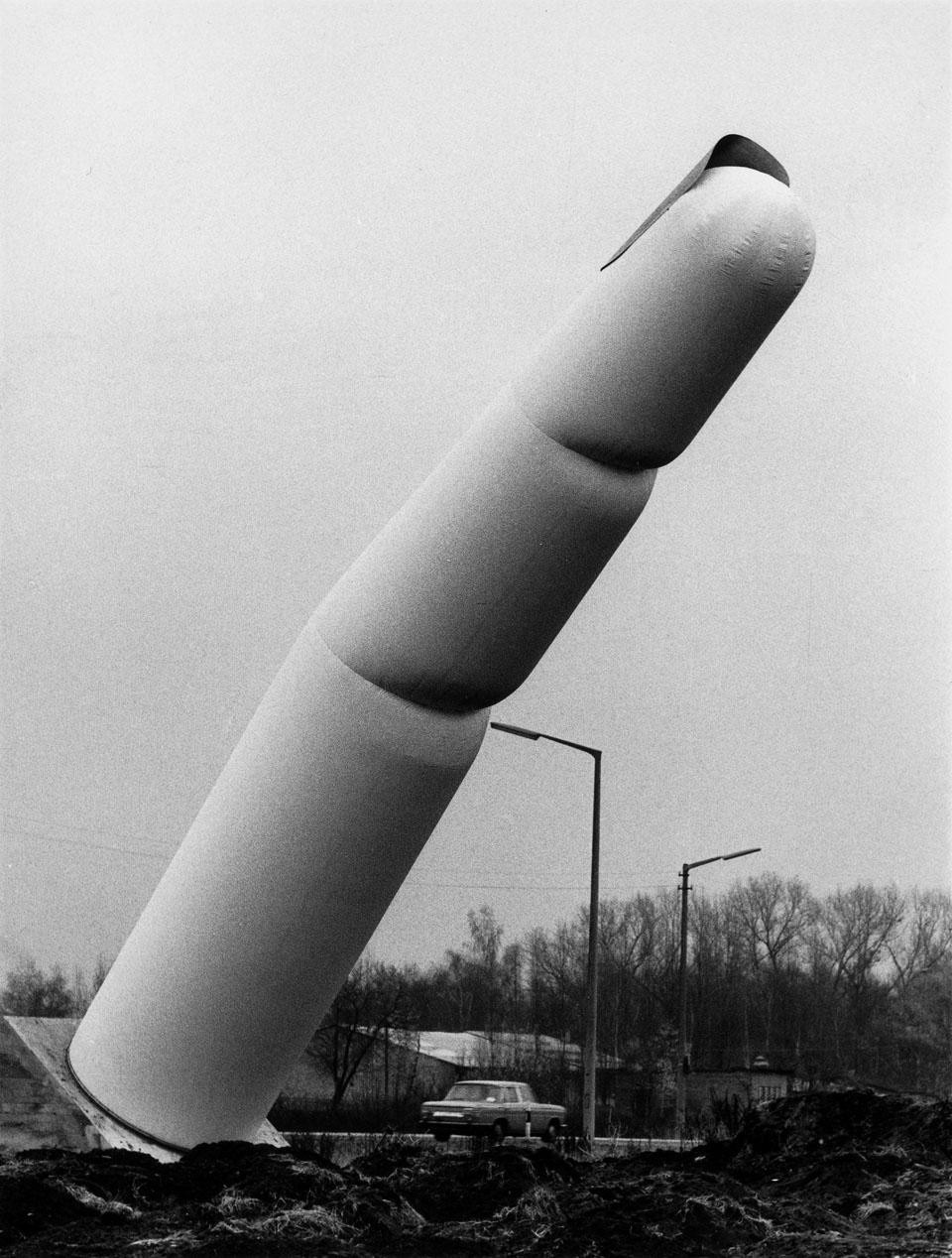
Here one might consider the radical living solutions offered by Yona Friedman, Constant Nieuwenhuys, Fuller, the Japanese Metabolists and the ironic and visionary technology of Cedric Price and Archigram, as well as Archizoom's No-Stop City and Superstudio's Continuous Monument. These must all be interpreted as lucid, provocative observations suggesting that the crisis of modernity lies primarily in the economic and spatial model of social coexistence. Hence it is a crisis of the city as a place and condenser of identities, collective representation and the production of work.
By looking back to those visions and theories today, we can size up the empty and self-referential technological formalism which has developed internationally under the system of star architecture.
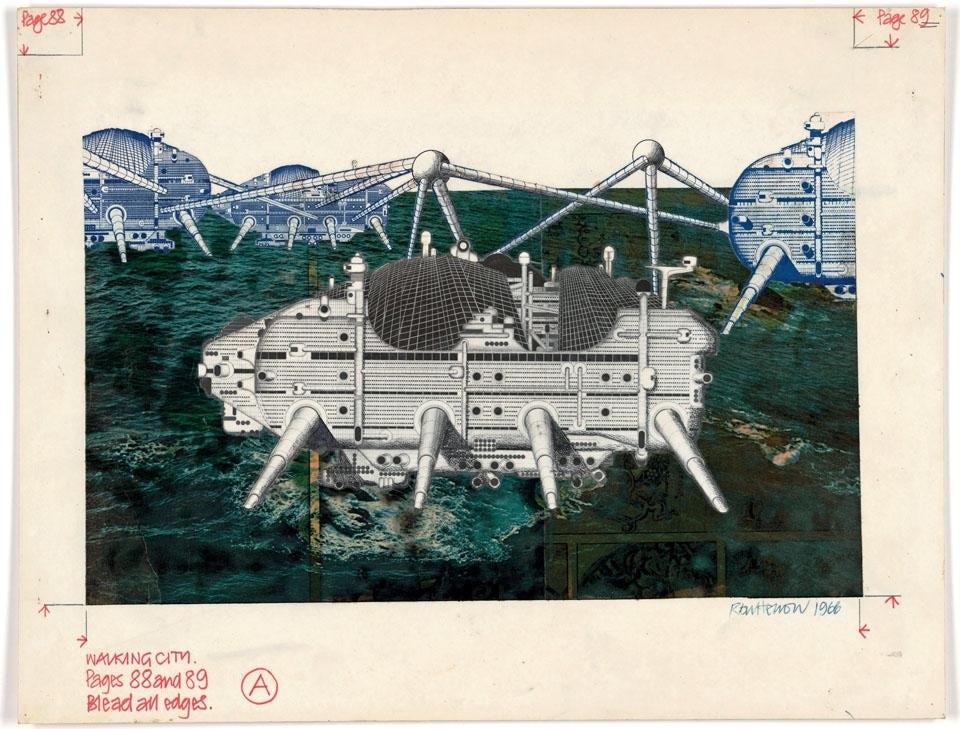
In that period the search for new socio-political balances shifted "the ethical and aesthetic axis" of the new generations. They consequently moved towards a laissez-faire anarchism and a commitment which creatively and anti-consumeristically involved the lifestyles, culture, politics, forms and instruments of living. In its behavioural and aesthetic revision, architecture discounted the dogmatic and state-controlled roots of the Modern movement, which had postulated architecture as an allegory of a new society but failed to decipher the changing times. The dichotomy between architecture without politics and society without architecture projected the radical groups into visionary leaps forward, prophesying the dissolution of the city and its forms into an indistinct and globalised form.
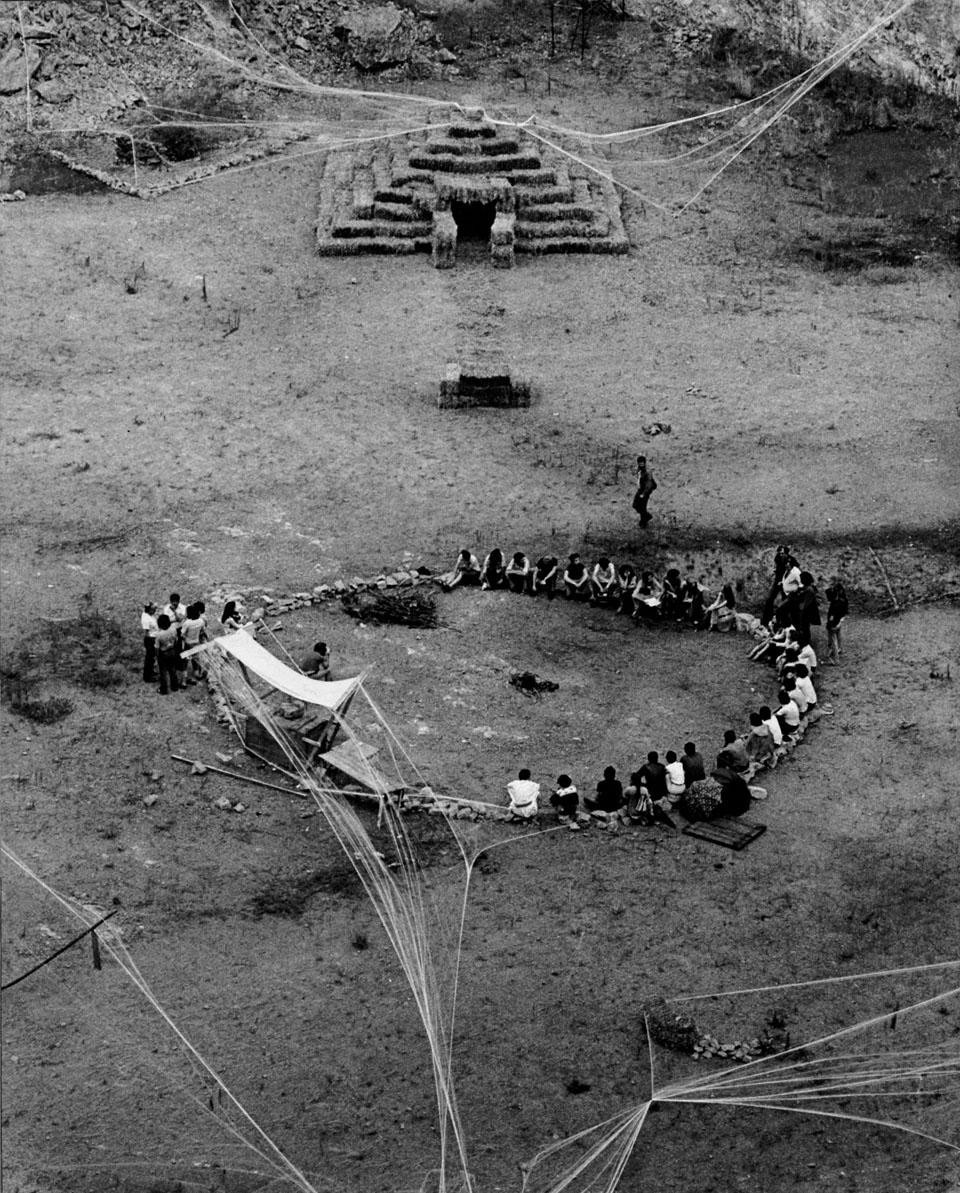
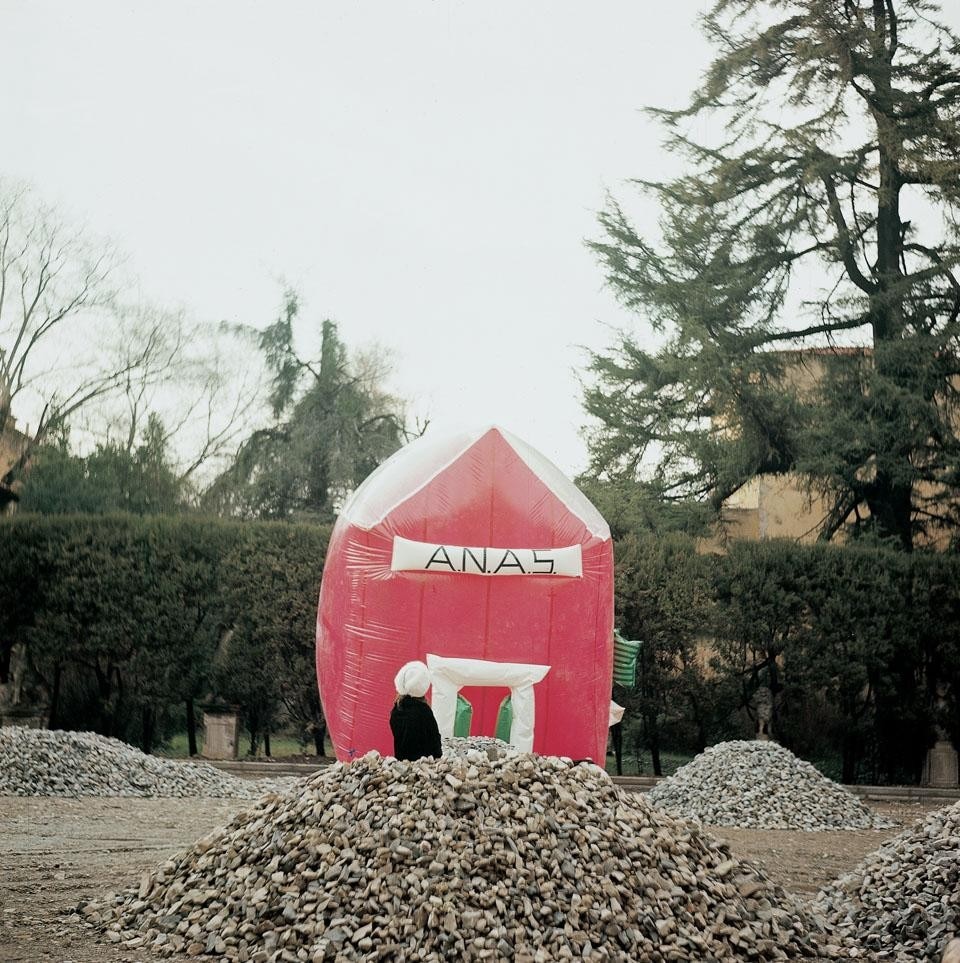
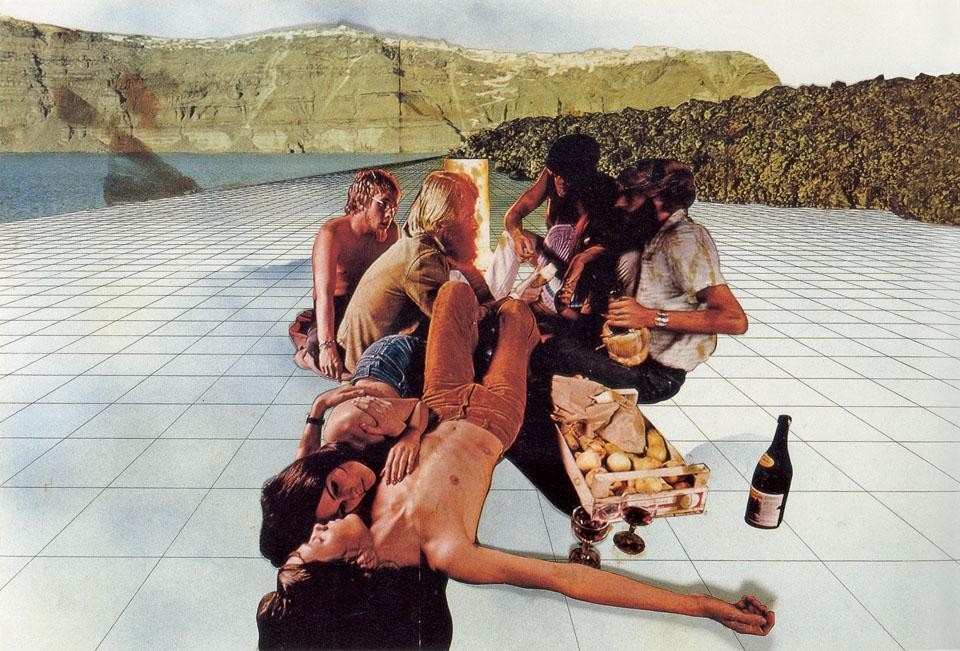
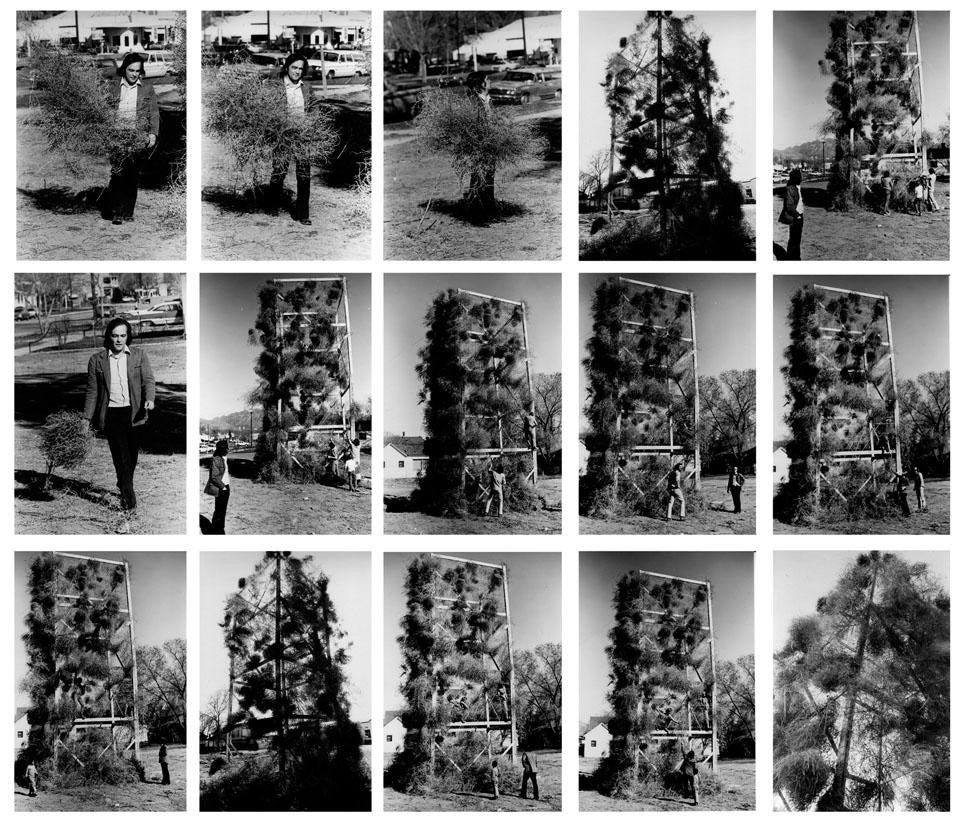

The New Brevo House by Pedrali
Brevo has given its Parisian headquarters, La Maison Brevo, a major makeover, prioritizing innovation and employee well-being for its 400 staff members. The furnishings, curated by Pedrali, transform the 3,000 sq m of interior and exterior space into dynamic, stimulating environments that foster collaboration and diverse work styles.



